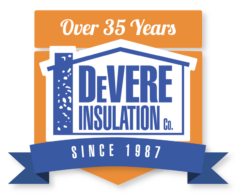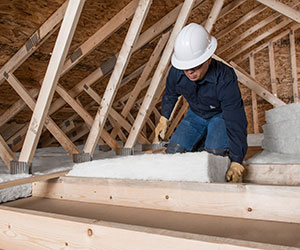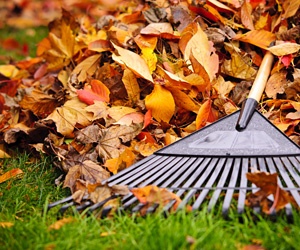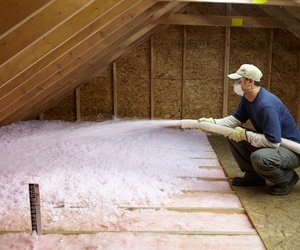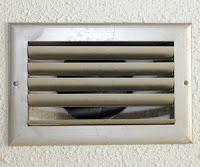
Attic insulation is a critical part of maintaining a comfortable home and keeping your energy bills low. There is a lot to know about how to install attic insulation. Effective attic insulation requires proper installation techniques. If attic insulation is not correctly installed your comfort and your energy bills may both take a hit.
Before installing attic insulation be sure your attic has proper ventilation. Proper ventilation helps maintain the right moisture levels to reduce the chance of mold. Attic ventilation systems also help your attic insulation work efficiently.
Loose-fill insulation (also called blown-in insulation) is most often installed in open attics. Blown-in insulation can easily and quickly create an even and complete thermal blanket to reduce heat transfer. Loose-fill insulation can also be installed to fit into small corners in the attic space or over existing attic insulation to make longstanding homes more efficient and comfortable.
To further increase the energy efficiency of your attic space, air leaks should be sealed before installing insulation. Air sealing closes off any significant penetration points to stop air transfer. This is an additional energy-saving step that can help keep energy bills low.
Installing spray foam insulation in an attic adds R-value and seals air leaks. Spray foam in an attic is installed along the roofline. This installation method seals the very top of a home and helps the attic maintain a consistent temperature. Spray foam insulation can only be installed by a qualified insulation contractor.
To install insulation in an attic, contact an experienced insulation company. This will help ensure your attic is properly ventilated and achieves the best R-value. Contact our office to discuss insulation for your home or business.
